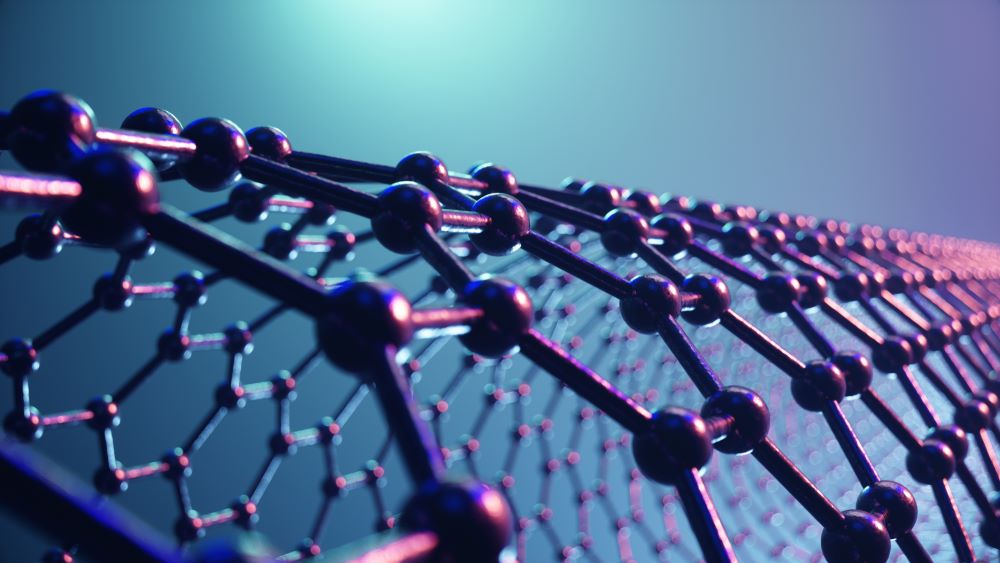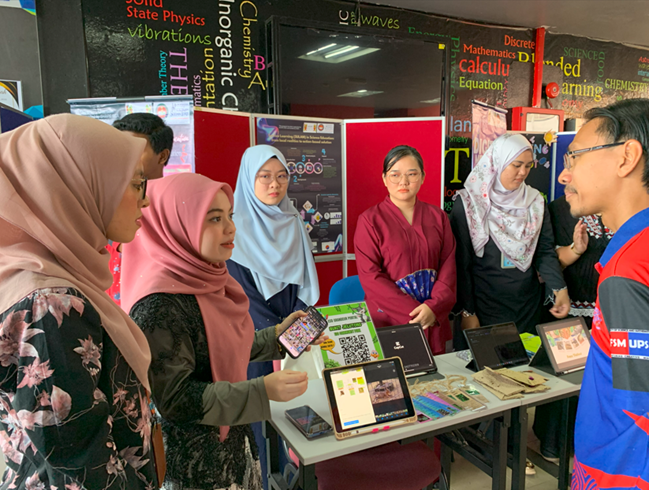As the world transitions to “green energy”, many business opportunities arise in the name of “green and sustainable” technology. This paradigm may worsen if people do not adopt the right strategies and have the correct fundamental understanding of energy conversion and thermodynamics.
Typical power plants have achieved only around 40% efficiency. A lot of energy may be wasted in going green if an energy converter is introduced unnecessarily. Every converter acts as a heat engine that generates heat due to limited efficiency in energy conversions. The dissipated heat increases the entropy.
A technology that runs on energy is composed of at least one component of a heat engine that consumes energy from the input fuel, a portion to do the required work/operation, with the remainder discarded as heat and other waste matter as by-products of the fuel conversion process.
Besides greenhouse gas (GHG) emissions, the amount of heat that gives rise to global warming is the key element to be considered, and that depends on the energy efficiency (EE) of an engine or energy system. If we address the emission of heat, keeping in mind to minimise it, we hit three birds with one stone, i.e. we are led to reduce energy usage or consumption (EU), reduce energy wastes (EW), which carries away part of the heat and improve energy efficiency (EE). Global warming is due to the heat generated and by-products of fuel combustion (e.g. GHG from fossil fuel, geothermal and nuclear wastes). Hydrogen fuel may produce clean by-products (water), but producing the fuel may involve inefficient use of energy such as electricity.
We know that technology has helped improve lives. Still, technology that consumes energy cannot escape from producing heat and waste matter, which causes problems related to the energy crisis and climate change. Some inventions consume almost no energy and do not produce environmentally hazardous wastes such as air filters (catalytic converters) and water filters. However, some energy and environmentally hazardous processes may be involved in producing the technology. At the end of its lifespan, technology may become environmentally hazardous waste. Even solar, wind & marine energy exploitation needs extraction of buried resources (that are not inexhaustible) as raw materials to make energy devices, such as rare-earth materials. Thus, green technology itself may not be green, but this can be well-compensated by prolonging the benefits by maximising the robustness and, hence, the lifespan of green technology.
While we cannot avoid using technology, we can use less technology that consumes energy while switching to greener technology. Thus, in developing green energy solutions, emissions of heat and not only GHG need to be minimised to mitigate global warming by using less energy and improving efficiency where possible.
While we go green, we also need sincere collective and long-term commitments to reduce the extraction of resources with high-carbon content (CC) from nature for energy combustion, particularly to reduce the production and combustion of any fuels that emit GHG.
The right strategy is to harness green energy directly from nature (solar, wind, hydro, ocean), convert just what is needed to electricity and store the excess energy in an efficient, non-chemical-based energy storage systems like green batteries or fuel cells and hydrogen. Conventional batteries have a limited lifespan and will add more hazardous chemical wastes, so they should not be considered green energy sources. Green hydrogen fuel may be considered viable storage of excess energy. Still, it is truly clean or green only if produced directly from green energy like solar, wind, and ocean waves. Hydrogen fuel produced by electricity, like any battery as energy backup/storage or secondary energy source, should not be regarded as primary green energy. Green hydrogen is supposed to be generated directly at hydroelectric power plants.
Any other ways (using combustion of mass with carbon content or what we dig out from the earth) would not be sustainable or green due to emissions of GHG and limited geological deposits. We must look into the best approaches to harness energy from nature more seamlessly, i.e., using minimum infrastructure with high efficiency to acquire the optimum energy. Here, optimally, it means that the energy we harness from natural resources must be sufficient for our needs and not excessively. We should use less energy to maximise efficiency and produce less heat and emissions/waste.
The above discussions show that it is necessary to reflect on climate change whenever we do green energy, and vice-versa, as both are interconnected because heat produced by technology affects the local and global temperature. Natural disasters have hit us due to climate change in recent years, and we should reflect on the impact of the pervasive technology we have been using.
Greenhouse gases are hetero-molecules with large heat capacities, like NO, NO2, and SO2. Carbon-based molecules CO and CO2 are not the only culprits, although they are the most abundant molecular by-products of fossil fuel combustion processes. The “decarbonisation” effort of removing CO/CO2 from the atmosphere and depositing carbon content (CC) back into nature requires technology which consumes energy to do the work, and more heat would be produced. It is best to let nature do the decarbonisation work, if possible.
We may create more mess if we do not do it right in creating, managing, and using green technology. Instead of solving the energy-climate problem, we may create more new and hidden problems. For example, “Is recycling truly green?” Consider how much GHG and heat a lorry creates in one trip to pick up discarded cardboard/cartons for recycling compared to CO/CO2 emitted from burning the cardboard on the spot and using the heat to generate electricity. Also, how much energy is needed to recycle the cardboard/cartons compared to adapting it for reuse?
Everybody can adopt artificial intelligence (AI) smart technology with sensors and optimisation planning for judicious energy use. For example, vehicle users can reduce fuel consumption in several ways:
- “Dropping” weights – if we do not need it, do not carry
- Efficient logistic planning of routes and timing
- Reduce the use of vehicle braking, especially when going downhill — use gravity and inertia/momentum to save fuel.
- Switch off engines when vehicles are not moving – this can avoid unnecessary wastage of fuels
- Lubricate wheels and engine parts regularly to reduce friction
We need a comprehensive plan to transform our transportation sector from petrol/diesel to solar-electric. It is easier to start with electric motorcycles or mopeds (now a reality in China).
At the same time, we can have a “Fuel Efficient Plan” focusing on research, development, and service for maintaining efficient engines and cleaner combustions, especially in commercial vans, trucks, and lorries that emit black smoke.
Understanding the right green and sustainable principle and upholding it, being more mindful and environmentally conscious in the way we develop technology, and using technology as responsible planetary citizens are important to avoid making a colossal mistake and harm to planetary health. Investing in technology that can harness excess energy (heat recycling) with the help of AI and smart information-communication technology (ICT) is a promising possibility that can save a lot of energy and mitigate global warming.
Nature provides free resources. Efficient and robust technology and infrastructure were implemented to continuously harness what is needed and not what we want to ensure affordable, cost-effective or even free energy for green and sustainable living.





